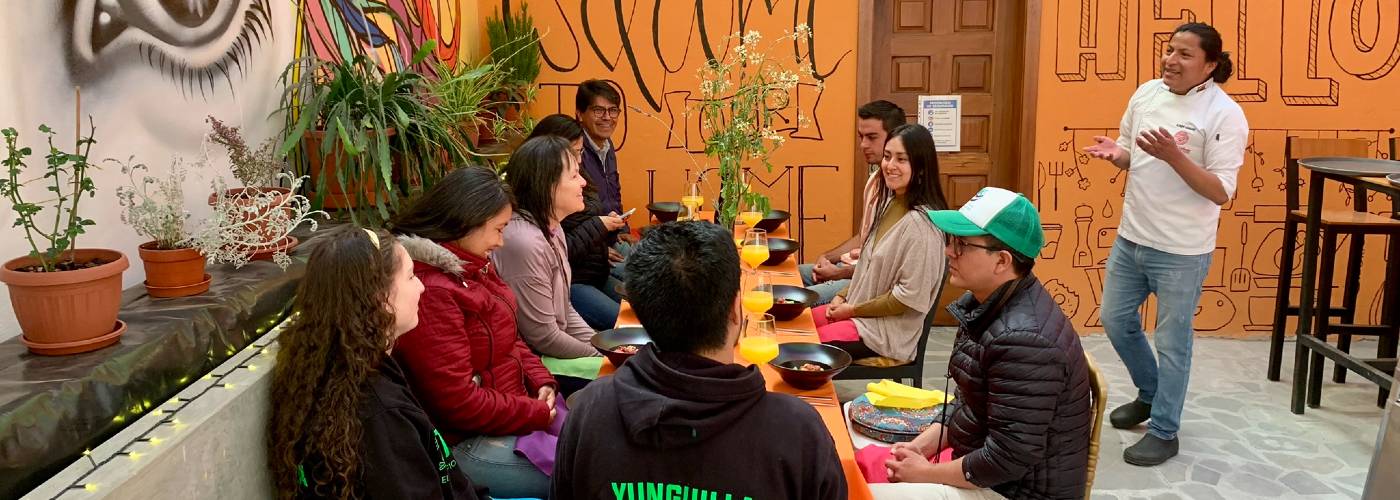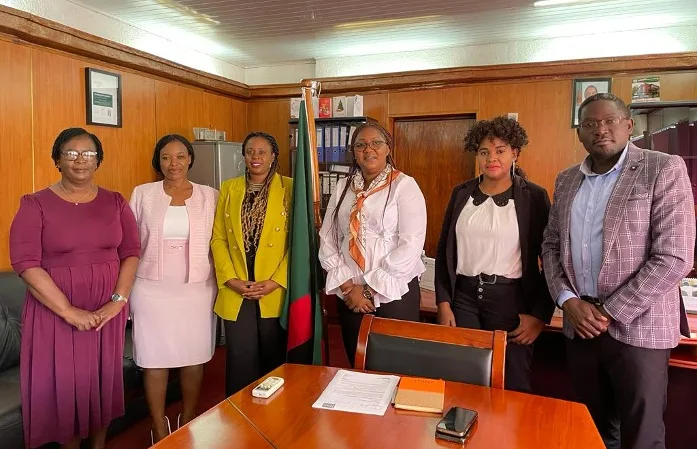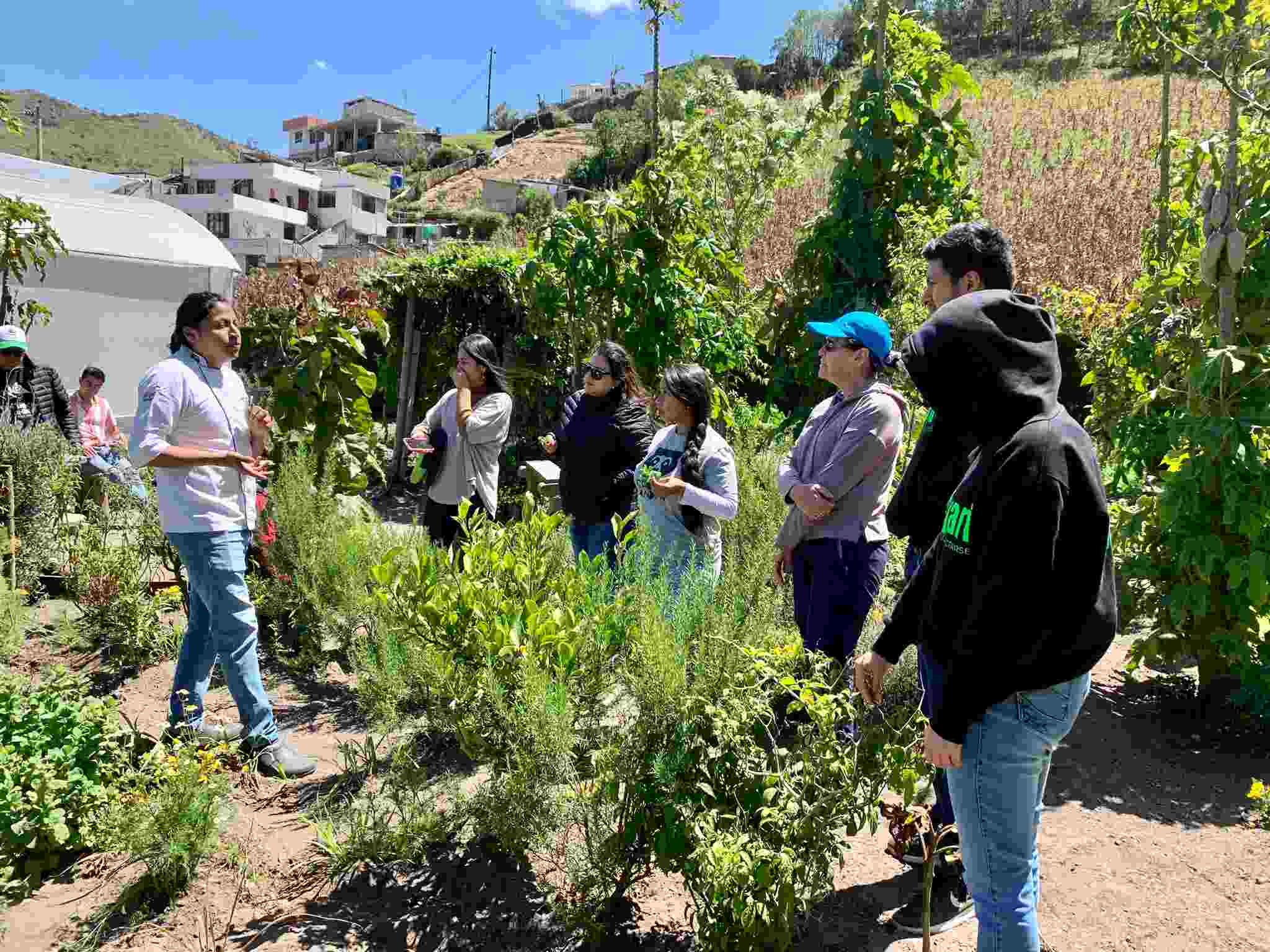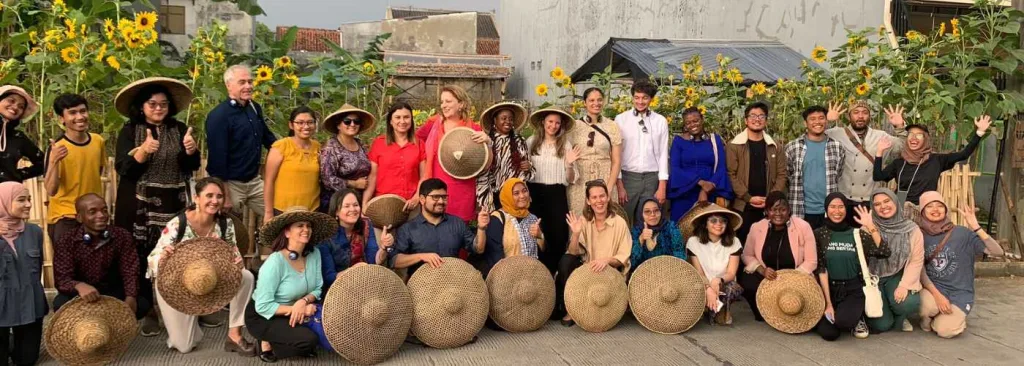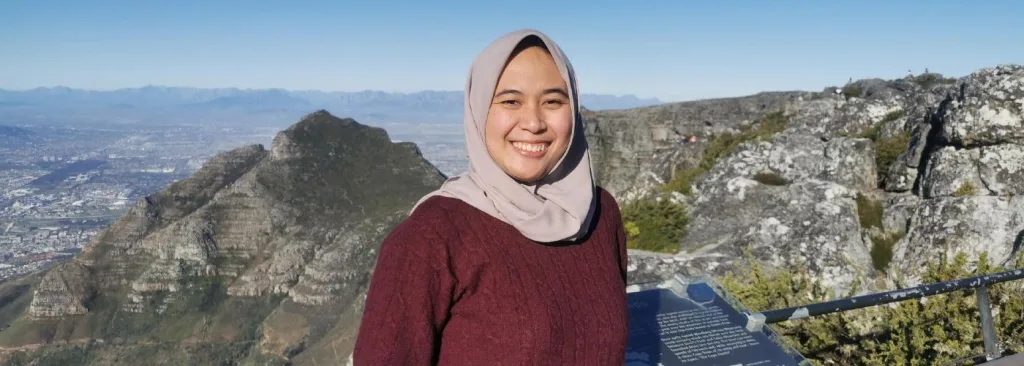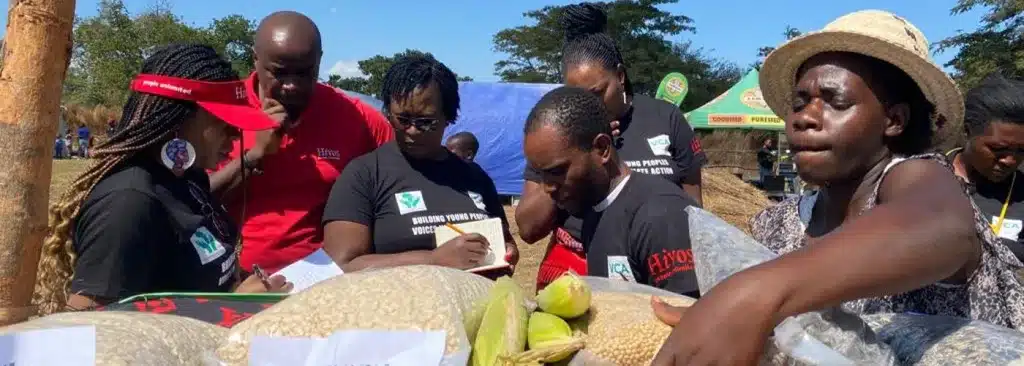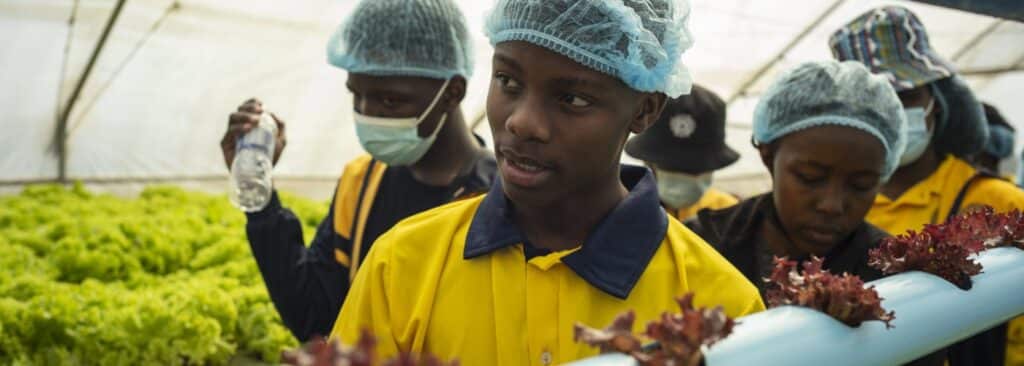Hivos’ new global initiative, Urban Futures, supports youth in ten cities in five countries with constructing sustainable and resilient urban food systems. Besides Bandung, Medellin, Chongwe, Bulawayo, and a city region in Ecuador – the Association of Municipalities of the Northern Pacific Coast in Manabí, we can now present the second series of five cities: West Manggarai, Cali, Kitwe, Mutare, and the Chocó Andino region with its connection to Quito.
West Manggarai in Indonesia
West Manggarai, a regency* in East Nusa Tenggara, Indonesia, spans nearly 170 urban and rural villages. Its role as tourism hub has fueled rapid growth in recent years. The regency has a population of over 263,000 inhabitants, of which 34 % are aged between 15 to 34 years old.
For its food supplies, West Manggarai relies heavily on Java. But in order to ensure food security and foster the region’s tourism potential, it is essential to produce diverse foods locally. Effective waste management, however, poses a critical concern. At the same time, it could open doors for innovative businesses leading to job opportunities.
Local authorities and various stakeholders are committed to join Urban Futures and collaborate with young people and other vulnerable groups to build a more sustainable and resilient urban food system for the region.
Cali in Colombia
Cali, the third-largest city in Colombia and the only major one with access to the Pacific Ocean, boasts a thriving and diverse economy. Its primary economic sectors include services, commerce, and industry. The city, however, faces alarming unemployment rates, poverty, malnutrition, and undernutrition among children and youth.
The pandemic exacerbated the social issues Cali is facing and exposed deep-seated inequalities. A national strike in 2021, spearheaded by youth leadership, further underscored the pressing need for targeted policies and programs to address the city’s challenges. In response, public and private efforts were developed to create job opportunities for young people. Several initiatives – such as community kitchens, school meal programs, and community orchards – aimed to address the agri-food system challenges by improving food security and promoting quality food consumption. Recognizing the situation’s urgency, the city has thoroughly assessed and worked on transversal public policies. In line with the Milan Urban Food Policy Pact, a city-region multi-actor platform on food systems has been established to foster collective action toward sustainable and equitable food solutions.

Kitwe in Zambia
Kitwe is the second most populous city in Zambia and home to nearly 700,000 people, with a staggering 65% of its population under 25. It is the leading industrial and commercial center of the copper belt region. Kitwe has the immense potential of producing fresh food products, but farmers face challenges in accessing land due to the high demand for mining and other activities. The current food system falls short of meeting the demand for fresh commodities, leading to the city’s reliance on importing food from other regions.
To address this issue and promote sustainability, the Kitwe municipality is an active member of the Milan Urban Food Policy Pact, showing its commitment to fostering a sustainable food system for the area. In pursuing this goal, Urban Futures will support the city in finalizing its strategic plan. The plan aims to incorporate climate change considerations into urban agriculture practices. By empowering unemployed youth, the project seeks to create opportunities in the short food value chain, enabling young people to actively participate in and influence the city’s design and implementation of climate-smart agriculture strategies.
Mutare in Zimbabwe
Mutare, situated in the eastern highlands of Zimbabwe near the Mozambique border, is the country’s third most populous city and serves as the agricultural epicenter of Manicaland province. The city’s fruit and vegetable market thrives and provides livelihoods to numerous farmers and vendors. The city’s prosperity, however, is increasingly facing challenges as climate variability is threatening livelihoods. Mutare has experienced the devastating impacts of natural disasters, including floods, cyclones, and hailstorms. To address these issues and ensure food security, the city council is actively developing an urban food policy.
The city has established a Food and Nutrition Security Committee, but it struggles to actively engage its young population. Urban Futures will collaborate closely with the city council and local partners to bridge this gap and create positive change. Through this partnership, the program will facilitate meaningful youth engagement in food systems, foster the creation of green jobs, explore food value addition, and drive innovation in increasing food shelf life.
Chocó Andino (Quito) in Ecuador
The Chocó Andino Association of Municipalities (MCA) platform consists of six rural parishes in the Province of Pichincha, Northwest of Quito. Established in 2014, its mission is to foster the region’s development into a productive, sustainable, and biodiverse territory. In 2018, the association’s settlement expanded to 287,000 hectares, encompassing five additional parishes (including urban areas) with the Declaration of the “Chocó Andino de Pichincha Biosphere Reserve (RBCA). The RBCA is home to approximately 100,000 people, with 65% aged below 34.
Playing a crucial role in food provision and preservation, the Chocó Andino area exemplifies urban-rural relations as an integral part of the Quito Metro City Region Food System. However, and despite its significance, the region lacks adequate attention and support regarding food production, education, health, and more. A concerning trend in the area is the departure of many young individuals during or after secondary school, with a majority moving to urban Quito and only a few returning. Addressing this issue, Urban Futures aims to collaborate with the Quito Metropolitan District Municipality and the Chocó Andino Biosphere Reserve Management Committee alongside diverse, dynamic local stakeholders. The collective efforts seek to reverse the depletion of the area and promote the ongoing transition towards diversified systems of sustainable production, such as regenerative agriculture and tourism.
Acting local
Working closely with RUAF, we have crafted guidelines, methodologies, and tools that foster seamless coordination of our global program.
At the same, we cannot – and wil not – ignore the intricacies of local contexts. So, when forging strong partnerships with local stakeholders in each city or city region, we are adapting our work and interventions. We aim to have a global perspective on food systems but will ensure our actions are rooted in the unique needs and nuances of the communities we serve.
* A regency is an administrative division directly under a province and on the same level with a city. Regencies are divided into districts.

